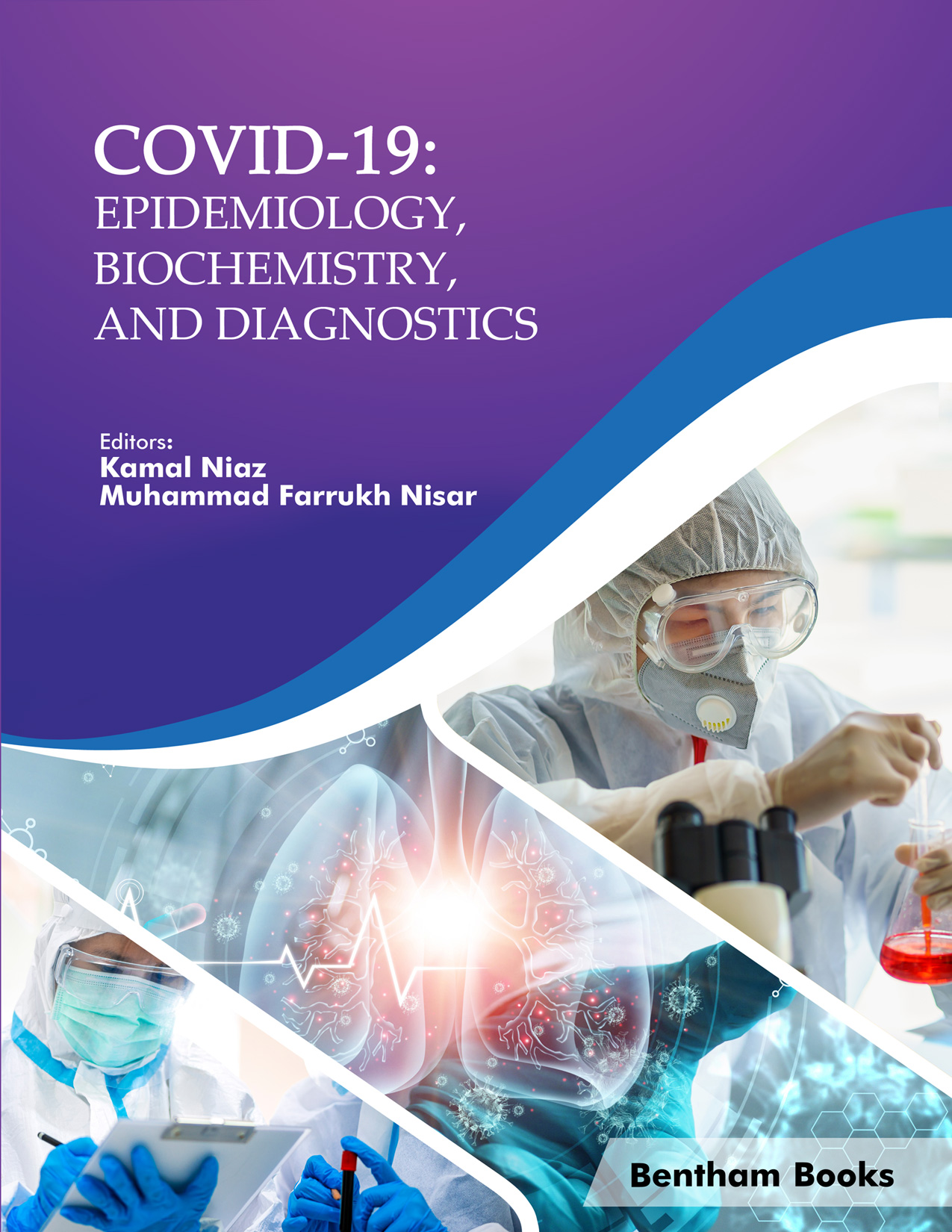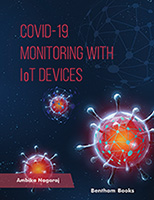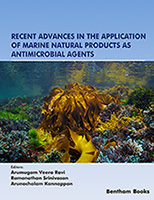Since the outbreak of novel coronavirus (CoVs), the first patient was related to seafood in Wuhan city, Hubei Province, China, on 12th December 2019. A new type of coronavirus was found in the patient's sample having pneumonia-like signs and symptoms via unbiased high-throughput sequencing. This new coronavirus was found in the patient's epithelial cell, which falls in the subgenus of the Sabevirus of the subfamily Coronavirus. Later, on 11th February 2020, the World Health Organization (WHO) officially announced and named "Coronavirus Disease-19 (COVID-19)" and the International Committee on Taxonomy of Viruses named it severe acute respiratory syndrome-coronavirus-2 (SARS-CoV-2). This virus is different from the previous isolated Middle East respiratory syndrome coronavirus (MERS-CoV) and severe acute respiratory syndrome coronavirus (SARS-CoV) which is the seventh one that can infect humans. SARS-CoV-2 spread rapidly and infected many of the population in Wuhan city then to other territories of China epidemically and abruptly abroad. Due to pandemic occurrence, on 31st January 2020, the WHO declared as "Global Health Emergency" as there is no effective drug and/or vaccine available for this infection till now. According to WHO and InfoGraphics CNA 31st March, there are 786,228 confirmed cases, 37,820 reported deaths, and 166,041 recovers from COVID-19. In the current scenario, the United States of America, Italy, and Spain are the most affected countries globally due to the COVID-19 pandemic, which is increasing day-by-day globally.
With this book proposal, we consolidate the various evolutionary domains, genetic techniques, and diagnostic methodologies widely used in the global emergency of COVID-19. Since SARS-CoV-2 is the closest to SARS-CoV and MERS-CoV, the approaches brought here will be similar and/or varying with a slight degree. It is cleared that in the last 17-18 years, this is the third outbreak of the same coronavirus with a small mutation that shock the whole world. The chapters in this book should be prioritized as up-to-date literature of techniques used in the study SARS-CoV-2 and will act as a suitable reference if any such wary appear soon.
The 1st volume of the proposed book proposal has been classified into three parts: Part I: Evolution and Entry of SARS-CoV-2, Part II: Genetic Alteration and Structural Determination of SARS-CoV-2 Proteins, and Part III: Quantitation Analysis of SARS-CoV-2.
With the emergence of new coronavirus variants, epidemiology, different host tropism permits a thorough analysis of their evolution and acquired adaptability to their host. Thus in Part I, we start the book with chapters' dealing with evolutionary epidemiology, evolutionary adaptation and genetics, and its entrance pathways. To keep in mind how the virus enters a host cell to provoke an infection is essential to design techniques to avoid it. Furthermore, chapters describing various methodologies regarding SARS-CoV-2 entrance pathways and characterizing the important proteins employed by the virus to achieve. In part II, a critical analysis of the virus involves the potential to mutate its genome by opposite genetics and to get better recombinant viruses with described mutations. Such processes will help study the capabilities of particular genes and their effects on virus survival and pathogenesis. These strategies can help determine checkpoints inside the virus genome growth and proliferation that give therapeutics strategies. We also added to know the biochemical characterization of spike glycoprotein and structural elucidation of viral proteins of SARS-CoV-2. Due to the emergence of COVID-19, a possible available diagnostic tool is employed in the medical setting to identify this virus and further prevent the infection. In part III, we added a chapter that helps detect antigen via virus loaded using enzyme-linked immunosorbent assay (ELISA) and quantitative real time-polymerase chain reaction (qRT-PCR) based techniques. To measure host immune parameters, techniques such as microneutralization, pseudovirus neutralization assay, and COVID-19 specific antibodies using ELISA chapters are presented. The second last chapter is given to know the lung's condition via CT scan. In contrast, the last chapter describes the nucleic acid-based assays for COVID-19, which is a more precise and sophisticated technique.
This book will appear as a baseline for academicians, scientists, and health professionals as still, research will overcome this outbreak of COVID-19 and find effective diagnostic techniques. However, just a single book proposal like this wouldn't have flourished without enthusiasm and determined publishers' and investigators' strength to take time from their busy schedule and subsidize on time. We thank the whole investigators who contributed, directly and indirectly, to bring it to reality.
Kamal Niaz
Department of Pharmacology and Toxicology
Faculty of Bio-Sciences, Cholistan University of Veterinary and Animal Sciences
Bahawalpur-63100
Pakistan
&
Muhammad Farrukh Nisar
Department of Physiology and Biochemistry
Faculty of Bio-Sciences, Cholistan University of Veterinary and Animal Sciences (CUVAS)
Bahawalpur-63100
Pakistan





